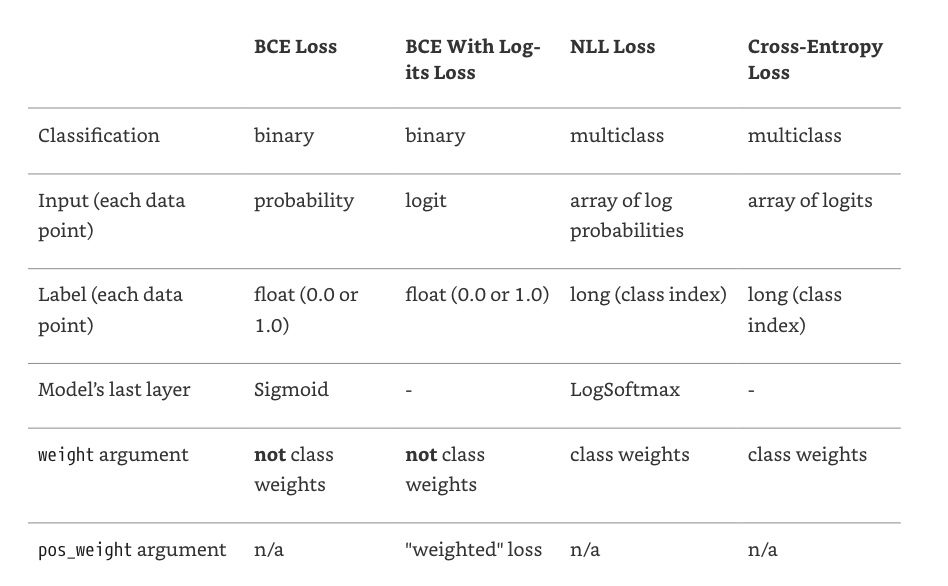tensor([2, 0, 2, 1, 0, 0, 0, 1, 1, 2, 1, 2, 0, 2, 2, 2, 1, 1, 1, 2, 2, 2, 0, 1,
2, 1, 2, 2, 0, 0, 1, 1, 0, 0, 1, 1, 2, 0, 2, 1, 1, 1, 2, 1, 0, 0, 0, 2,
0, 2, 0, 2, 2, 2, 0, 2, 1, 2, 0, 0, 2, 0, 2, 0, 0, 0, 1, 2, 1, 0, 1, 0,
2, 0, 0, 0, 1, 0, 2, 2, 1, 0, 0, 1, 0, 0, 1, 1, 0, 0, 0, 0, 0, 0, 2, 2,
2, 2, 0, 2, 2, 1, 2, 1, 1, 0, 2, 2, 2, 1, 1, 0, 0, 2, 0, 2, 2, 2, 1, 1,
1, 1, 2, 2, 2, 0, 2, 0, 2, 1, 1, 2, 0, 0, 2, 2, 1, 0, 2, 2, 2, 1, 1, 1,
0, 1, 0, 2, 0, 2, 1, 1, 1, 0, 2, 0, 0, 0, 0, 1, 1, 0, 0, 1, 2, 1, 0, 2,
2, 1, 1, 0, 2, 2, 1, 1, 0, 2, 2, 1, 1, 2, 0, 0, 2, 0, 2, 1, 0, 0, 2, 0,
0, 0, 0, 2, 2, 2, 2, 2])







